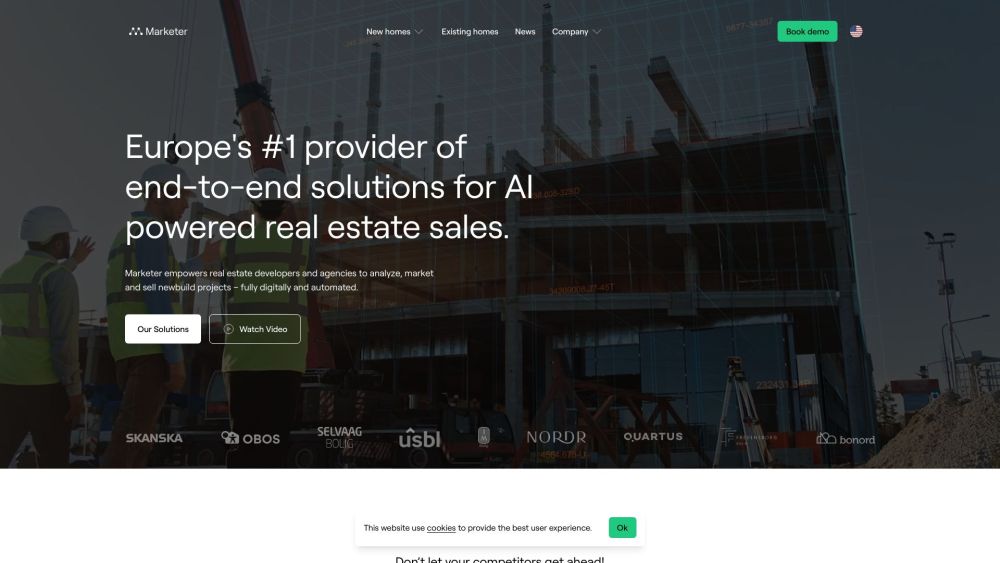March 19 Update: The Rapid Advancement of Humanoid Robots
Humanoid robots are advancing rapidly toward greater intelligence, positioning themselves at the forefront of AI development. On March 19, NVIDIA CEO Jensen Huang announced the launch of the world’s first humanoid robot model. Huang highlighted that as artificial intelligence evolves, humanoid robots are gaining practical significance and immense application potential.
Since the start of 2024, the convergence of humanoid robots and AI has intensified. Industry analysts predict that the swift progress in AI will accelerate the iteration of humanoid robotics products, paving the way for a new era of industrialization in this field.
Humanoid Robots Enhanced with AI Capabilities
Recent innovations in AI training and application by leading humanoid robot companies in China have garnered considerable attention. On March 13, the startup Figure showcased its humanoid robot, Figure 01, which was developed in collaboration with OpenAI. The demonstration featured the robot engaging with people and effectively performing tasks such as handing over objects, tidying, and organizing utensils. Technology investment expert Wang Jianing stated, “This marks a significant breakthrough in humanoid robot intelligence.”
Equipped with OpenAI’s large language model, Figure 01 excels in visual and speech recognition. It can comprehend and respond to human instructions while identifying objects by type and location, executing tasks at speeds comparable to humans.
Broad Application Potential
Although still in the experimental phase, the application potential of these robots is extensive. Zhang Xiaorong, a director at a technology research institute, highlighted that humanoid robots could undertake heavy labor in industries like manufacturing, shipping, logistics, warehousing, and retail, significantly reducing labor costs. As advancements in large model technologies continue, the operational scope for humanoid robots may expand into sectors such as industrial production, healthcare, education, and domestic assistance.
Humanoid robots are already being tested in real-world environments. For instance, Figure robots are utilized in BMW manufacturing plants, while Amazon has begun integrating them into its logistics operations. This progress signals that humanoid robots are developing adaptable capabilities suitable for various industrial settings.
The Road Ahead for Humanoid Robots
During the launch event, Huang articulated his vision: “In the near future, humanoid robots will become a part of everyday life, integral to our households.” However, experts indicate that challenges remain before these robots become commonplace.
Key obstacles include technological limitations concerning sensor accuracy and stability, coupled with the high costs associated with humanoid robots, which may impede broader market adoption. Additionally, regulatory issues related to data privacy, safety liabilities, and employment policies are still being addressed.
A report from Shanxi Securities emphasizes that the mass production of humanoid robots relies not just on hardware advancements but also on the sophistication of their "AI brains." According to Yangtze Securities, developing multimodal models as the operational intelligence for these robots is essential for practical applications.
In China, the humanoid robot industry is entering a phase of rapid growth, striving to keep pace with international technological advances. As the industry continues to evolve, the integration of AI and humanoid robots could transform our work and daily living experiences.




